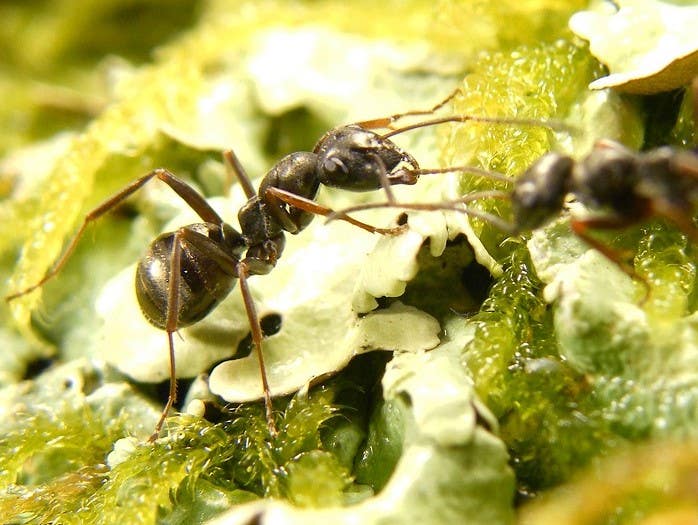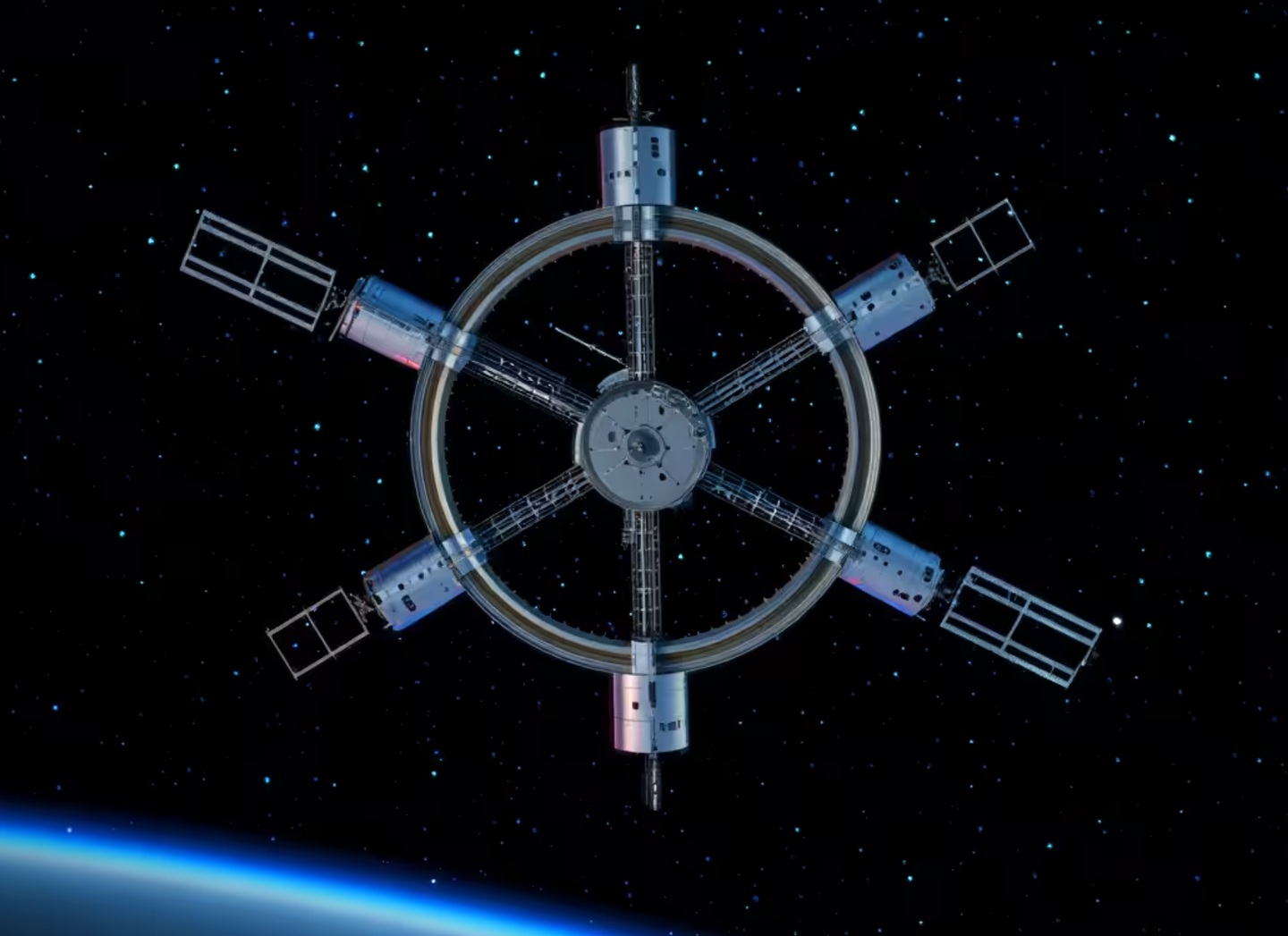Ants can “sniff out” cancer!
Cancer detection is a major public health challenge, and the methods currently available to achieve it are often expensive and invasive.

[Mar 11, 2022: Alexiane Agullo, CNRS]
Formica fusca (CREDIT: Paul Devienne, Laboratoire d'Ethologie Expérimentale et Comparée at 'Université Sorbonne Paris Nord)
Cancer detection is a major public health challenge, and the methods currently available to achieve it, for example MRIs and mammograms, are often expensive and invasive. This limits their large-scale use.
To bypass these constraints, alternative methods are being studied, like the use of animals’ sense of smell. A team of scientists from the CNRS, Université Sorbonne Paris Nord, Institut Curie and Inserm1 have demonstrated how a species of ants, Formica fusca, has performed in the area.
Cancer cells possess specific features such as a deregulated cellular energetic metabolism, the ability to self-sustain themselves with proliferating signals or by exploiting tumor-promoting inflammation factors.
Their metabolism produces volatile organic compounds (VOCs) that can act as biomarkers for cancer diagnosis using, for instance, gas chromatography or artificial olfactory systems. However, the results of GC-MS analyses are extremely variable and most of the E-nose systems need to be optimized and are still at the prototype stage.
Millions of years of evolution have shaped animals' finely-tuned olfactory systems, which detect small odorant concentrations and have the computational power for discriminating among complex odorant blends.
Related Stories
Dogs' noses are well suited for medical diagnosis and used for the detection of cancer-specific VOCs, but training dogs in associative learning paradigms is expensive and time consuming. The conditioning phase, in particular, takes several months and hundreds of trials are needed before the dog is operative.
Consequently, studies report low sample sizes both in terms of individual dogs and numbers of tests performed. For instance, in one study, 90.3% of correct identification was achieved using two dogs, 5 months of training, and 1531 conditioning trials to perform 31 memory tests (Thuleau et al., 2019).
Compared to dogs, insects can be easily reared in controlled conditions, they are inexpensive, they have a very well-developed olfactory system, and hundreds of individuals can be conditioned with very few trials.
There is evidence that insects can detect VOCs from cancer cell lines. In fruit flies, for instance, the odors from different cancer cell lines evoked specific olfactory receptor activity patterns in the antenna, suggesting that such insects could be used as cancer biodetectors by employing in vivo calcium imaging, a complex and expensive technique.
Formica fusca (CREDIT: Paul Devienne, Laboratoire d'Ethologie Expérimentale et Comparée at 'Université Sorbonne Paris Nord)
In this study, researchers combined the use of insects (the ant Formica fusca) with low-cost, easily transferable, behavioral analysis to provide a robust, yet affordable, bio detector tool for cancer VOCs. They previously demonstrated that individual worker ants of this species quickly learn to associate an olfactory stimulus with a food reward and retain this information for an extensive period of time (several days).
In the present study, individual ants were trained to associate the odor of a cell sample with food reward, and later had to discriminate this learned sample against a new one.
The principle is that of classical conditioning, the association of an unconditioned stimulus (US, in our case a reward consisting of sucrose solution) with an initially neutral stimulus (the odor of cancer cells) that becomes a conditioned stimulus (CS) producing the response in the absence of the US during an unrewarded discrimination test.
After a few minutes of training, these insects, which use smell for daily tasks, were able to differentiate healthy human cells from cancerous human cells.
By analysing the compounds emitted by various cells, the scientists have shown that each cell line had its own smell that could be used by the ants to detect them.
The efficacy of this method must now be assessed using clinical trials on a human being but this first study shows that ants have high potential, are capable of learning very quickly, at lower cost, and are efficient.
Find these results in iScience.
Note: Materials provided above by CNRS. Content may be edited for style and length.
Like these kind of feel good stories? Get the Brighter Side of News' newsletter.
Tags: #Global_Good_News, #New_Discoveries, #Medical_Good_News, #Ants, #Cancer, #Detection, #Tests, #Science, #Research, #The_Brighter_Side_of_News



